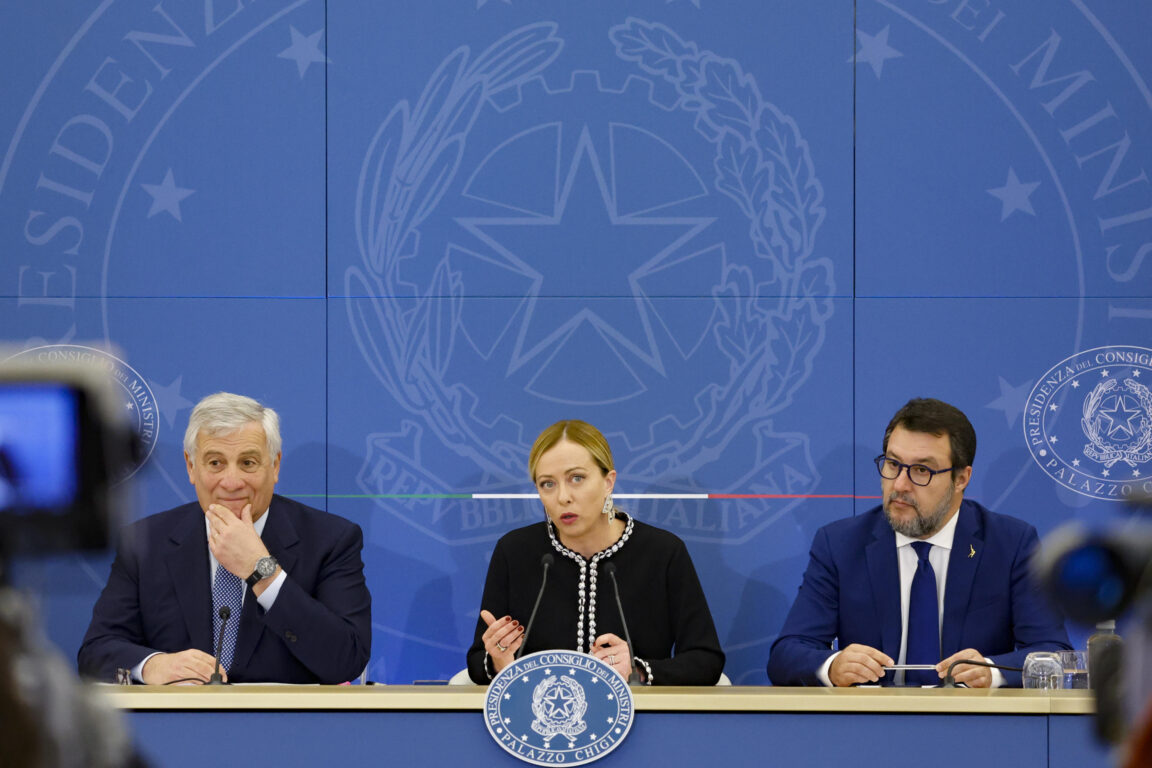Giorgia Meloni’s choice to insert the announcement of a project for constitutional reform of the form of government into a prank call from young friends of Putin is well understood (one can never remember enough the environment in which he was formed, the KGB). and an unfortunate maneuver for most Italians. Therefore, the emphasis on the “mother of all reforms” destined to launch the “Third Republic” is also well understood, even if very few citizens will have been excited by this umpteenth announcement of palingenetic change. It is not at all clear, however, where the reform text would take us, assuming that it passes through Parliament and in the (very likely) constitutional referendum.
The major innovation consists in the introduction of the election of the Prime Minister by universal suffrage. A solution that is not only unique in the world, but above all unsuitable for solving the specific problems of the Italian institutional structure.
Already in the first phase of the Republic, defects in the functioning of the political system had emerged which had repercussions on the state of health of democracy. In particular, the lack of government alternation, which for decades led to talk of a “blocked political system” due to the compulsion of some parties to govern and others to remain in opposition, and the endemic internal conflict within the ongoing government coalitions of legislature, which not only made them unstable, but above all prevented voters from judging the actions of those elected when the polls opened. Instability therefore made those elected irresponsible towards the voters, with the consequence of mortifying the meaning of democratic choice.
The second phase of the Republic certainly ensured a complete alternation of government between one legislature and another (1994-2013), but confirmed the internal conflict within the parliamentary majorities, which has continued until today to the point of constituting an invariant in the different political structures -institutional institutions of the Republic from 1953 onwards. The hope of moving from bipolarism to bipartisanship, which animated the entire second phase of the Republic on the right as well as on the left, clashed in the face of the reality of a very resistant multi-party system, which can allow for the regulation of coalitions but not the disappearance of parties minors of coalitions decreed by law (whether electoral or constitutional).
What does it mean in this regard to provide for the direct election of the Prime Minister, who is also usually the secretary of the party with a relative majority? Evidently, it is equivalent to placing him or her on a much stronger pedestal of legitimation: the direct legitimation of the voters, which no other body would preside over in a monocratic form. Yet not even this legitimation would be able to resolve the conflicts within the coalition as long as the form of government remains parliamentary, i.e. as long as the government must obtain the trust of parliament to remain in office.
It is no coincidence that, at the urging of the minor parties of the current coalition, the project provides that a government crisis does not entail the automatic dissolution of the Chambers, but the possibility for the President of the Republic to appoint as Prime Minister a parliamentarian elected from the ranks of the majority . He or she thus becomes stronger than the directly elected Prime Minister, because in the first case the alternative to his or her remaining in office would be dissolution. A nice mess, no doubt about it. But let’s also assume that Parliament decides to change this point of the text, and to provide that a no-confidence vote in the elected prime minister automatically leads to dissolution. In this case the duration of the government would be guaranteed. But if the smaller parties in the coalition were endowed with significant parliamentary strength, they could very well make their submission to the government’s constraint pay very dearly, for example in the context of the conversion of law decrees.
The fact is that the drafters of the project were not very clear about the difference between a law and a Constitution. By exchanging the second for the first, they had in mind a snapshot of the balance of power in the current legislature. Instead the Constitutions, beautiful or not, it doesn’t matter, they are there to last over time beyond the individual political seasons. Confusing a Constitution with a law means causing that “scratch” to the 1948 Charter that Gianfranco Miglio had hoped for thirty years ago. Yet, as we have said, it would not be constitutional aesthetics but political common sense that recommends leaving it alone.
“Mother of all reforms” or “scratch to the Constitution”? – worldworker
99
